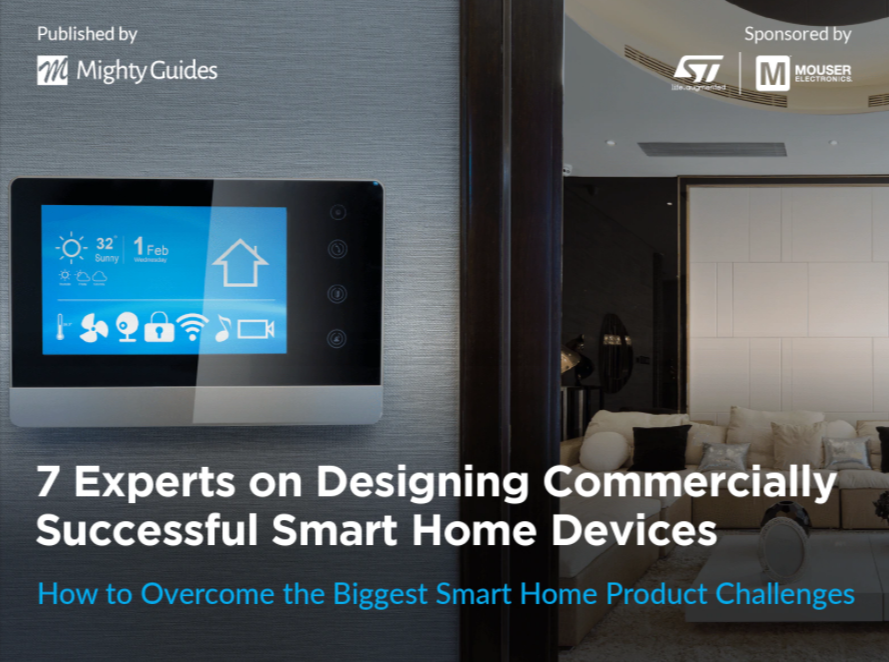
Sahaj Cheema, Director of Product Management, Inspire
- Designing for contractors may be easier because you only need to teach them once, and then they become experienced in setting up the device. But when you need to consider end users, too, their needs and expectations are different.
- Deciding on a communication protocol is
not easy, but it is necessary early in product development and requires thinking through what the product will do and how it will be used.
“What may seem easy to an installer or a contractor may not be easy for an employee in a commercial space or a home user.”
Sahaj Cheema, director of Product Management at Inspire, sees two big challenges
that Internet of Things (IoT) developers face when designing products for use in
smart buildings:
- Lack of communication standards. Designers must decide which communications protocol their device will use. The most common choices are Z-Wave, Zigbee, Sub GHz, Bluetooth and Wi-Fi, but as Cheema notes, “No communication standard has been widely accepted for devices used in commercial buildings, and residential customers show no strong preference for one versus another.” The choice of protocol can affect whether the device will work with Apple Siri or Google Assistant or Amazon Alexa. It also affects cost and ease of use. This choice, which depends on what the product will do and how it will be used, must be made early in product development.



